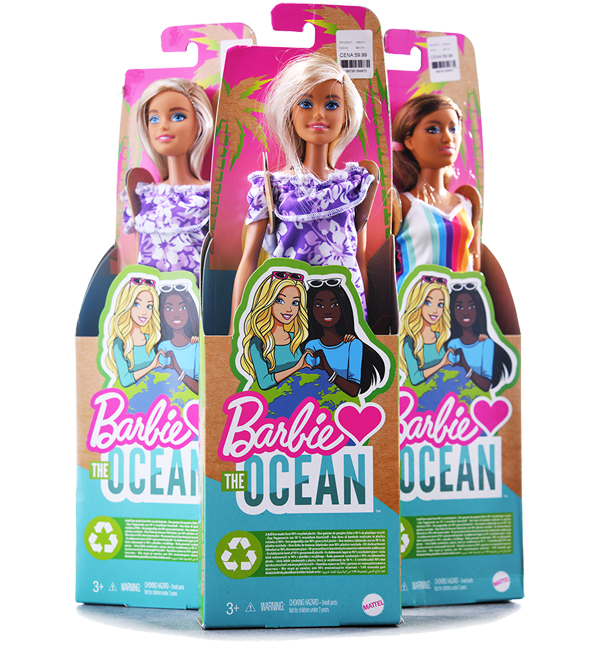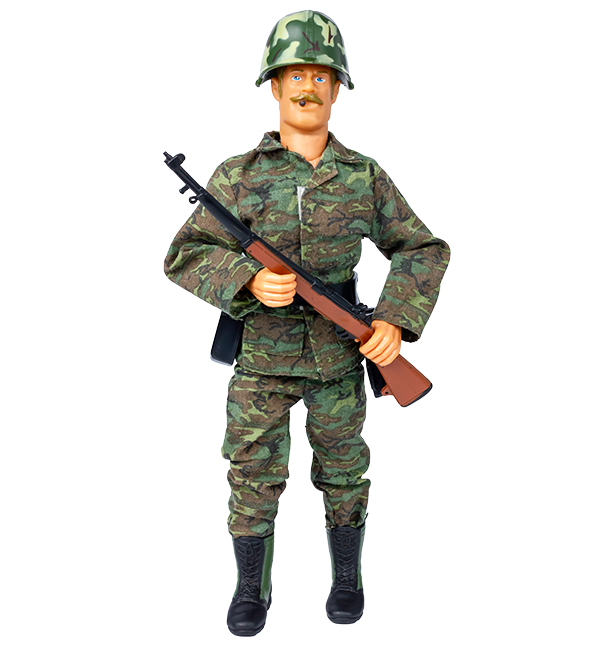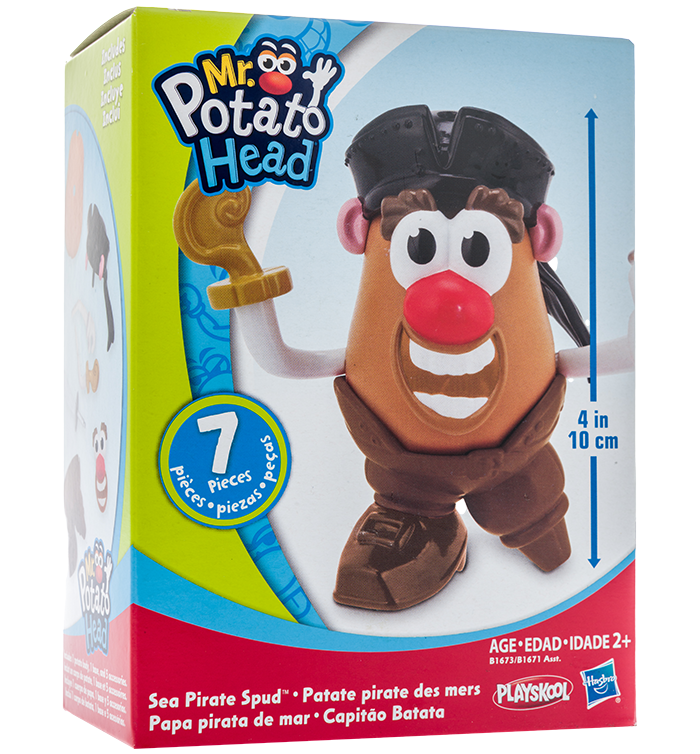October 21st, 2025
From Barbie’s runway poses to Mr. Potato Head’s goofy grin, some of the most iconic toys wouldn’t exist without the use of plastic injection molding. This process ensures that these magical concepts can be created non-toxic, lightweight and with vibrant colors, efficiently and affordably. Such specific mass production is consistent and reliable thanks to injection molds. Let’s look at some remarkable trinkets that helped to shape childhoods and memories of past and future generations.
Barbie
The original “material girl” was the creation of Ruth Handler in 1959. After watching her daughter play with simple paper dolls, Handler designed a 3D fashion figure that would encourage young girls to envision a future where they could be anything they desired, inspired through their playtime.

Composition
PVC, EVA, ABS, SBS and PBT
- Elastomers and stretchy polymers have enabled her to become more humanlike by adding complexity and dimension.
- Flexible PVC enables mobility and for Barbie to hit her signature poses from these plasticizers.
Present and Future Trends
- Engineers are developing a water-based paint for the face to ease the threat of environmental concerns.
- In 2021, Mattel released an ocean collection of dolls made from recycled waste gathered from the seas.
- Barbie isn’t polymer-free yet, rumors have circulated that Mattel is undoubtedly taking eco-conscious steps to reduce dangerous pollutants by 2030.
Barbie gained her well-deserved notoriety after being recognized by the National Toy Hall of Fame, alongside frisbee and LEGOS.
G.I. Joe
A symbol of American heroism: In 1964, Hasbro launched the G.I. Joe line, designed by employee Don Levine. This collection of 12-inch-tall military characters figures was advertised to boys calling them "action figures" instead of “dolls”. The novel approach created a new category of toy merchandise and allowed the company to pioneer a niche market segment based on masculine themes.

Composition
High-density polyethylene (HDPE), PVC, ABS
- Precision techniques and ornate cavity molds are utilized in this process for crafting complex facial detailing, designs and accessories.
- These action figures are considered a more intricate configuration, consisting of an ABS torso, PVC head and articulate features all made from various multi-cavity molds to complete one single doll.
- Moveable limbs were the most distinctive part of the invention, which allowed G.I. Joes to have multiple joint movements without adhesives in a snap/fit assembly.
Current and Future Trends
- By the 1980s, Hasbro released a mini version that was 3.75 inches tall, helping to cut costs on materials, packaging and production.
- In the early 2000s, the combination of CAD modeling, 3D scanning and CNC machining improved precision for sculpting features, making clothing wrinkles and tiny elaborate touches.
- Figures are still being produced today for collectors and children. The working wonders of injection molding manufacturing have certainly advanced through the years from when the first of such toys debuted. The evolution has given way to better paint, tighter joints and additional life-like elements.
G.I. Joe is known as both a pop culture stand-out and modern manufacturing marvel across every age group.
Mr. Potato Head
Our beloved spud friend, Mr. Potato Head was conceptualized by George Lerner in 1949. This idea was bestowed upon him when having to make surprise items for cereal boxes during the post-war when food rationing was a concern. Since most kids were repulsed by the idea of vegetables, he instead added details like eyes and other moving parts that would be more engaging for children. The first model created included 28 attachable pieces for forming his facial expressions.

Composition
ABS, polypropylene (PP), polyethylene (PE)
- Softer materials, including HDPE (high-density polypropylene), are used to provide flexible features for limb attachments and accessories.
- Mr. PH’s notorious red nose can be accredited to master batch pigments that give off an impressionable saturated color.
Current and Future Trends
- Mr. Potato Head became a quintessential movie star in the Toy Story movies, initiating the unveiling of his unmistakable appearance across other franchise products like keychains, ornaments and novelties.
- In 2021, Mattel released their marine collection of dolls made from recycled oceanic harvested waste.
Though the toy was well-received, by parents and kids, it could be argued that while didn’t necessarily encourage children to eat their veggies, they sure did love the famous plastic potato.
Safety and Compliance
Beyond the fun and revolutionary side of these inventive treasures, plastic injection molding has made it possible for them to be manufactured safely. ASTM F963 has set the guidelines for toys to be developed using specialized properties:
- Non-Toxic - Free of harmful chemicals
- Impact Resistant - Can take a beating during play or if dropped
- Heat Stable - Materials won’t degrade under temperature changes
From tiny soldiers and dolls to spuds and bricks, these playthings prove how injection molding isn’t just a method but the catalyst behind bringing these treasures to life. As the industry moves forward, focusing on sustainable practices, the next generation of toys will continue to inspire, entertain and innovate their way into the hearts of many and maybe even the National Toy Hall of Fame.



